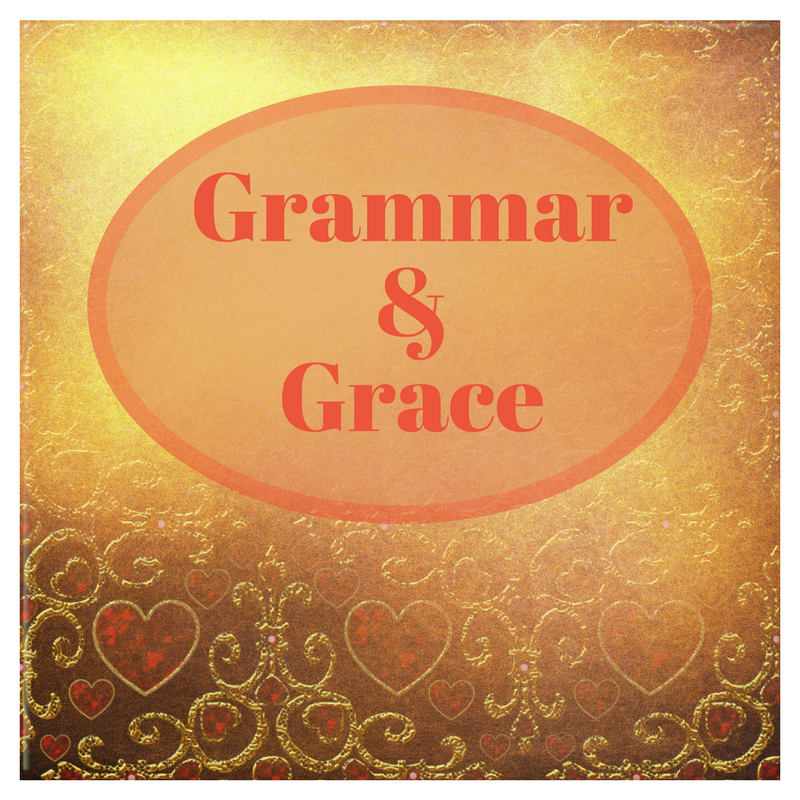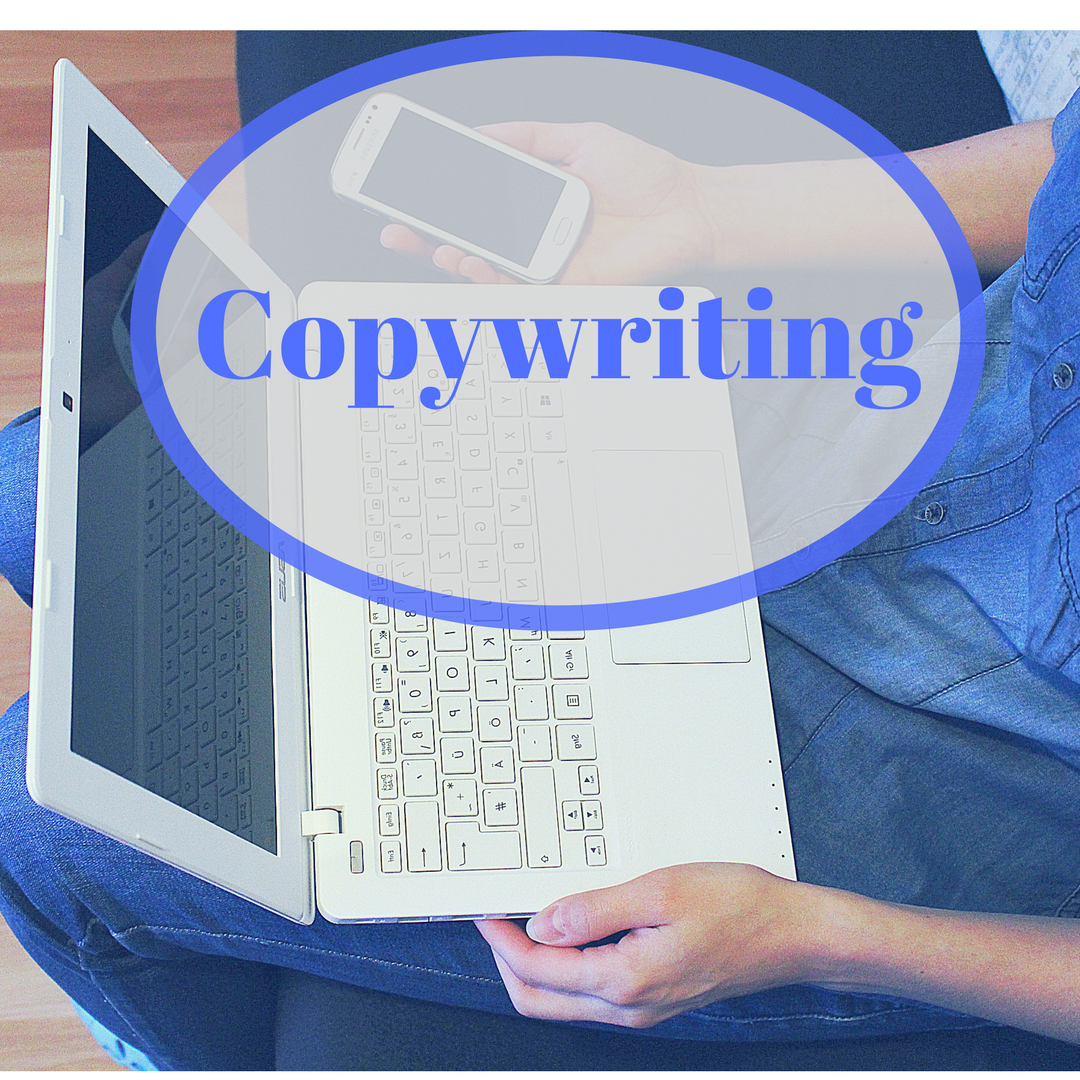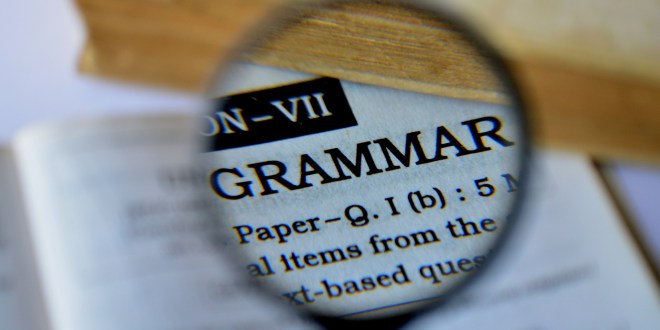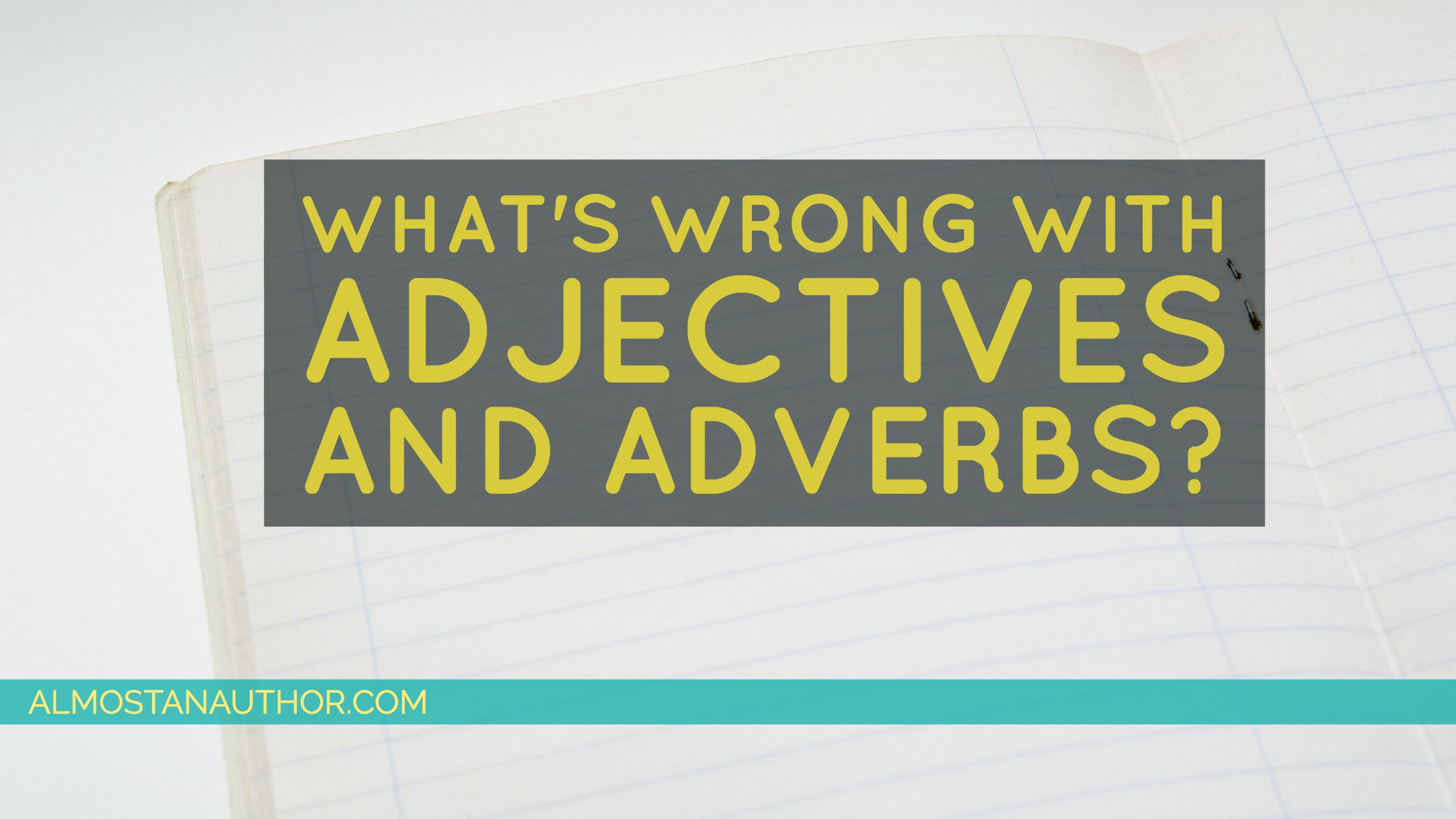
Editing Tip: Have Your Computer Read Your Work Aloud
Published authors are often asked what their number one piece of writing advice is. Well, I’m not published yet,…
January 19, 2019
Published authors are often asked what their number one piece of writing advice is. Well, I’m not published yet,…
January 19, 2019
Do you cringe when someone scratches her fingernails down a blackboard or clicks her teeth against a metal utensil?…
January 18, 2019
When thinking about the dialogue in our story, whether fiction or nonfiction, we must consider perspective. With each story,…
November 22, 2018
I was recently polishing my latest manuscript. One of the subplots involves a grant payout with large sums of…
October 18, 2018
Hello! How’s your editing been going for you? I hope you’re seeing great improvement, but if you’re at a…
September 22, 2018
Writing is a funny art because agents and editors (freelance and publishing house) tell us to write, write, write…
August 22, 2018
The words empathy and sympathy often cause confusion. I know first hand. I used empathy in another blog post…
July 18, 2018
Are you on LinkedIn? If so, let’s connect. If not, please join us. LinkedIn is your online watering hole…
June 27, 2018
Many writers are introverts and don’t prefer to talk a lot. Some writers are extroverts and love to talk.…
June 22, 2018
This post includes the remainder of compound words from U through Z. The list is intended to help during…
June 18, 2018
Yes. That’s right. Psychological. I promise not to go too deep. Please keep reading. In editing our own manuscripts,…
May 22, 2018
Last time, I offered a list of compound words from A to H. This post continues with the remainder…
May 18, 2018
Okay. Most of you (myself included) admit it’s challenging and exciting to plan the next book. It must be…
April 22, 2018
With my cursor at Chapter 1 in my WWII historical fiction novel, I hit Ctrl+Enter and sighed. Beginning a book…
February 22, 2018
Please stop using pronouns wrong! Between you and I, I’m sick of people using the wrong pronoun. Wrong. Wrong. Wrong!…
February 19, 2018
The best investment is a good investment, but what is a good investment? One that has lasting personal and…
January 25, 2018
Ah, at last! The proposal and manuscript is complete, polished, and sent. A contract is offered and joyfully signed.…
December 24, 2017
Today, people love to communicate with texts and private Facebook messages and emails and tweets, but around Christmas people…
December 18, 2017
Adverbs are words commonly used to describe or modify a verb, and adjective, or another adverb. To test…
August 19, 2017
When I was in elementary school, I was taught to incorporate as many adjectives and adverbs into my stories…
August 9, 2017
This month at Grammar and Grace we’re studying adjectives. Adjectives are words that tell something about a noun or…
July 18, 2017
As languages go, English is fairly young. It’s been about 1400 years since the Anglo-Saxons imported English into Great…
June 27, 2017
PENCON is hosted by The Christian Pen https://thechristianpen.com/ It has taken a year, but the new release by your favorite…
May 31, 2017
A number of grammatical faux pas can be attributed to faulty hearing. I’m not implying that any of you…
May 27, 2017
This time we’ll discuss nouns. Nouns can be common or proper. A common noun is a person, place, or…
May 18, 2017